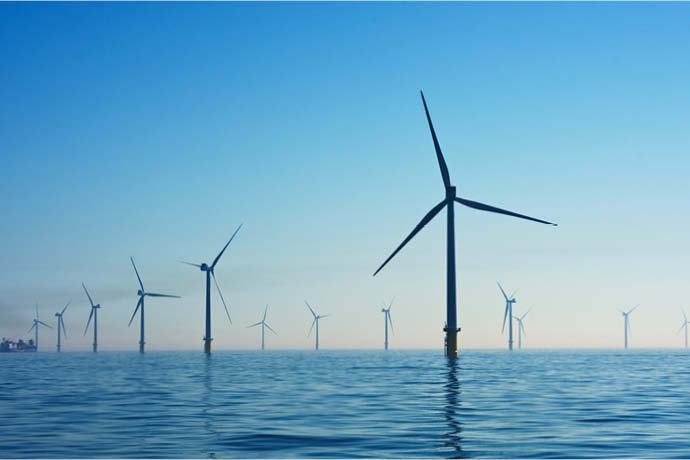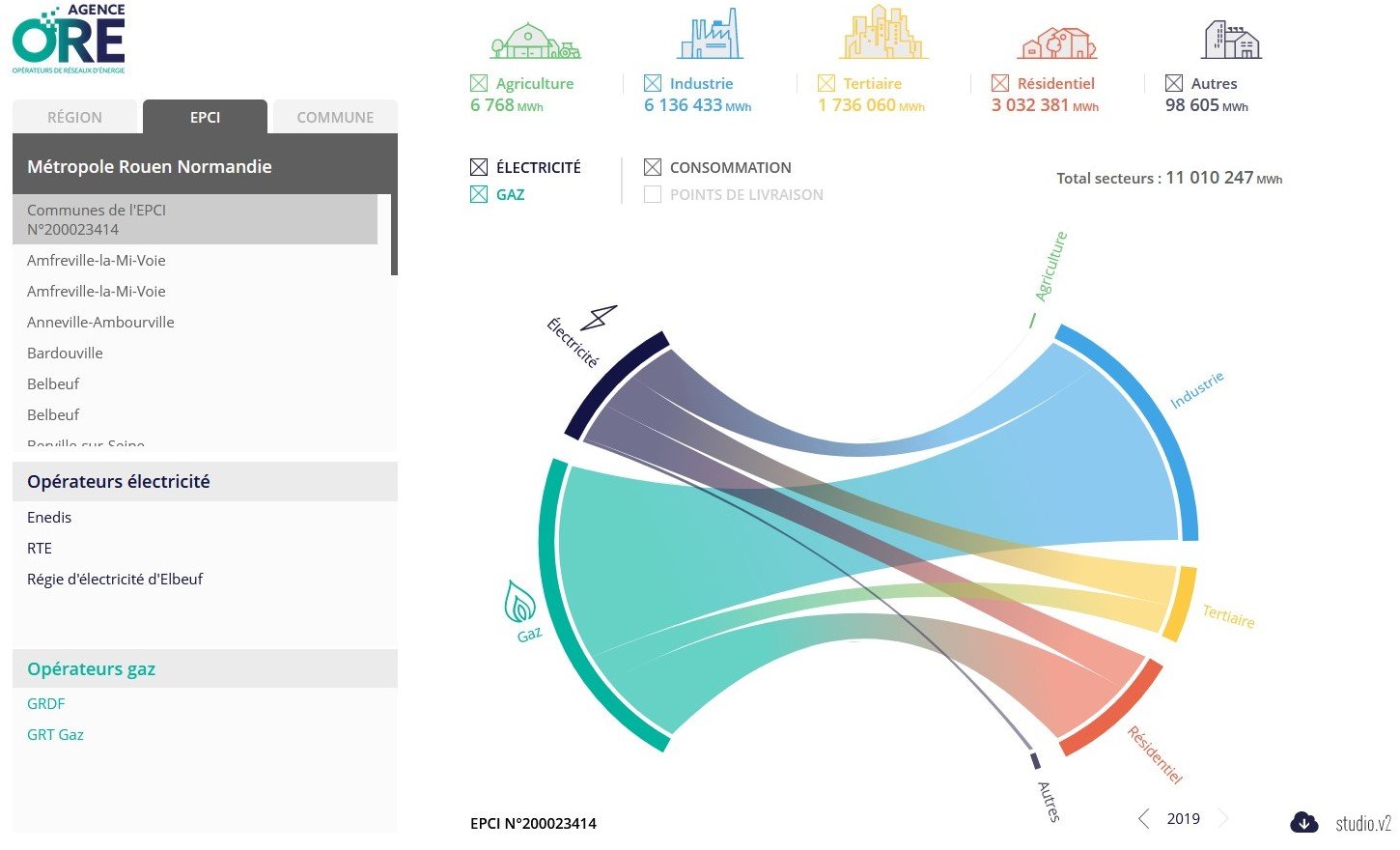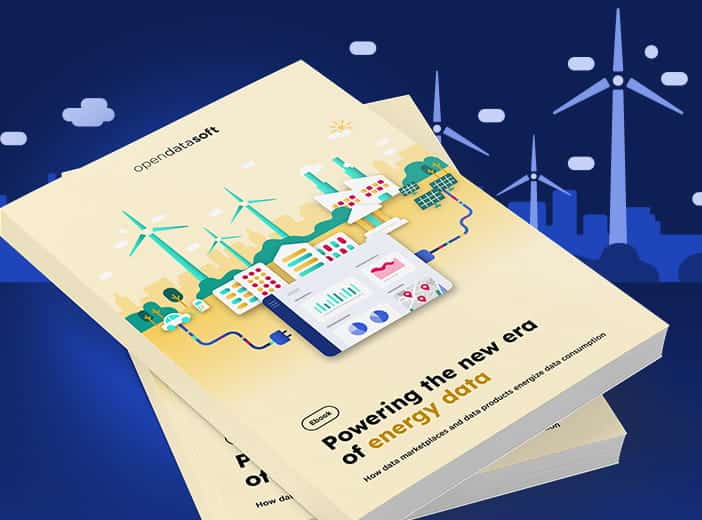Industry 4.0: Improving Energy Efficiency with Data
Industrial actors have a major role to play in global efforts to cut carbon emissions, but how can industry satisfy its rising energy needs while meeting climate targets? The answer is energy efficiency through data. Read more to find out how.

The secondary sector is among the largest energy users in the world. According to the International Energy Agency, industry accounts for 73% of coal, 42% of electricity and 37% of global natural gas consumption. In France, industry is the biggest user of gas and the third of electricity, with factories in cities like Rouen consuming 3.5 times more energy than the tertiary sector and twice as much as residential buildings.

These data show that industrial actors have a major role to play in global efforts to cut carbon emissions. But how can industry satisfy its rising energy needs while meeting climate targets? The answer is energy efficiency, a paradigm that prompts companies to do more with less energy.
Data is a perfect ally in this quest. Collected by sensors, interpreted with analytics, and plugged into predictive models, data can lead to energy savings by spotting inefficient processes, optimizing production and logistics scheduling, and anticipating maintenance needs. Data also allows to adjust demand to energy price and availability, refine temperature management and even reduce R&D costs by enabling virtual testing and modelling of machines, processes, and plants with digital twins.
Let’s have a look at how smart factories around the world are piloting these and other data solutions!
Improving Operational Performance in the Petrochemical Industry
Smart manufacturing entered the Chinese petrochemical sector as early as 2012, when four petrochemical units underwent a digitization process leading to the adoption of several data solutions. The Maoming and the Yanshan refineries, for example, use real-time data to optimize ethylene production and historical data to issue early malfunction warnings for fluidized catalytic cracking units. Overall, data analytics increased refinery productivity by 10% and contributed to minimize energy use.
A petrochemical site in Belgium is also using data analytics to improve energy efficiency. The monitoring of real-time data on rotating equipment allows the Antwerp plant to assess compressor and pump efficiency to identify power saving potential, while the modelling of historical operational performance data enables better maintenance scheduling. Live data also contributes to plant safety by benchmarking hazardous chemicals levels against equipment limits.

In Malaysia, an oil re-refinery that transforms waste oil into useful products such as gasoline, diesel, and petrol, went even further, cutting the emissions not only of its processes but also of its products. Thanks to a data-driven process optimization framework, the Banting site managed to reduce its energy consumption, while also improving product yield (+55.5%), quality (+20.6%) and environmental footprint (-90.89% in Acidification Potential and -3.42% in Global Warming Potential).
Implementing Smart Grids in the Power Industry
To answer the energy optimization needs of their industrial customers, power providers have turned to data solutions, too. A case in point is Schneider Electric, which in 2017 launched an internal data portal providing employees with a centralized repository of pre-prepared data ready for analysis. The data library allows the French utility company to monitor the energy consumption of its clients and to offer personalized services increasing both energy efficiency and productivity.
Data is also crucial in shifting the energy mix towards renewable sources. On the tropical island of Réunion, electricity provider EDF-SEI publishes real-time data on production sources and orients electric car charging towards hours when the electricity mix is less carbon-intensive or when consumption is lowest. To this end, the company sends charging stations a signal: 1 when the moment is favorable for charging (during sunlight or at night), and 0r when it’s unfavorable (usually at peak hours early in the evening).
The intermittency of renewable energy is also a key driver of the data strategy of EDP, the world’s fourth largest producer of wind energy. In 2018 the Portuguese energy giant opened its operational data to the public, offering monetary prizes to students, researchers and professionals that succeed in reusing them to solve the company’s energy efficiency challenges.
Optimizing Temperature Management in the Iron & Steel Industry
Among heavy industries, iron and steel ranks first in terms of CO2 emissions (7% of the world’s total) and second in terms of energy consumption, accounting for 75% of the global industrial demand for coal. Coupled with technologies like hydrogen and biomass-based ironmaking, waste heat recovery and carbon capture, data can contribute a great deal in reducing the industry’s emissions.
A steel mill in Canada, for example, piloted a scheduling-sequencing algorithm that increased the heating efficiency and energy savings of reheating furnaces. This data-driven solution also improved the stability, quality, and capacity of hot rolling operations, leading the Ontario site to save $1.2 million CAD a year.
Heating management is also at the core of a recent study that relies on process data from a steel plant in Spain to forecast hot metal temperature in a Basic Oxygen Furnace, thus reducing the energy use and environmental footprint of steelmaking, while also cutting costs and rising productivity.
Data is also key to inform management decisions. A crude iron manufacturing site in India, for instance, plugged monthly energy consumption and greenhouse gas (GHG) emission data into a statistical model to predict energy consumption and GHG emissions in order to upgrade its pollution control technology.
Data-driven industrial energy management is still in its early days, but it’s already delivering very promising results in terms of energy efficiency and carbon emissions reduction. Improvements in data acquisition techniques, the standardization of data formats within and across companies and the creation of corporate data cultures will allow industry to fully reap the energy-saving benefits of digitization.




